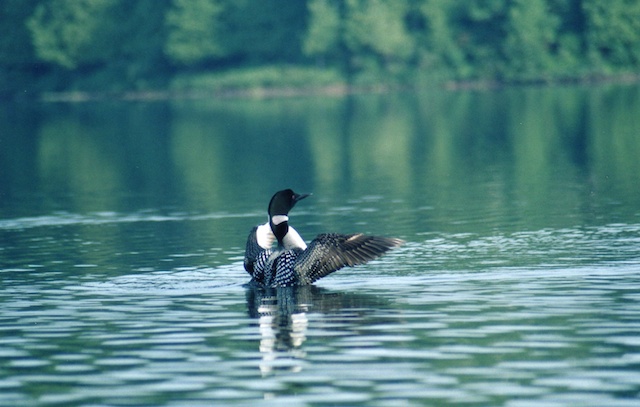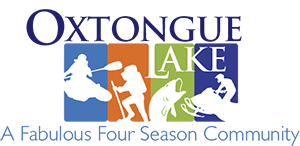
Photo by Wilbur Blackman
Ten Steps to a Loon Friendly Lake
- Keep it wild – Work to preserve the wild parts of your lake.
- Keep your shoreline natural – Vegetated shorelines provide shelter for both fish and loons.
- Watch your wake – Use sensitive boating practices and steer clear of loons.
- Don’t discard – Return plastics, metals, fishing line, tackle and other refuse to shore and dispose of it in appropriate containers.
- Test the waters – Help monitor your lake’s water quality. Find a program in your area or call us.
- Be level-headed – Work to reduce large water level changes during the nesting season (May to July). Talk to your local officials.
- Don’t mess with the food chain – Don’t feed nest predators such as raccoons or gulls. Dispose of your garbage properly.
- Lobby for loons – Get involved in natural air pollution issues and local water quality programs.
- Spread the word – Place loon conservation messages on websites and in papers and newsletters.
- Be a citizen scientist – Watch over nesting areas and join the Canadian Lakes Loon Survey! For more information visit www.bsc-eoc.org
Kathy Jones
Aquatic Surveys Volunteer and Data Collector; Bird Studies Canada
PO Box 160, Port Rowan ON, N0E 1M0 Toll Free: 1-888-448-2473
E-mail aqsurvey@bsc-eoc.org Web Page www.bsc-eoc.org
Are you causing loons harm?
People can harass and stress loons without even being aware they are doing so. While on the lake or shoreline keep an eye out for the following and if seen, move away:
A loon is splashing across the water, appearing to stand up.
A loon is vocalizing to you.
A loon is lying very flat on the shoreline with its head down. The loon is on its nest, and if approached, may slide into the water, leaving the eggs exposed to predators.
Watch your pets as well; please keep them away from wildlife.
